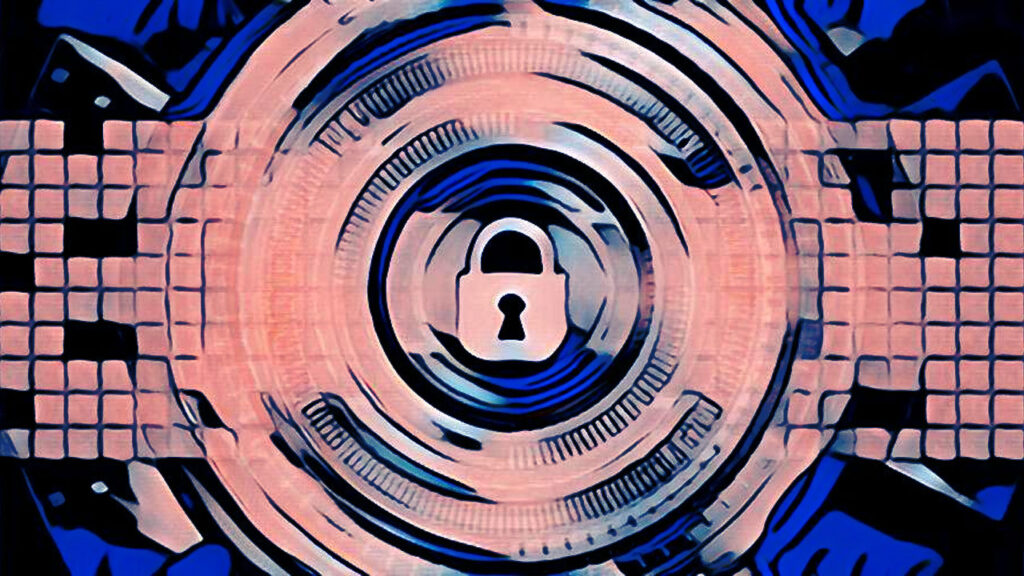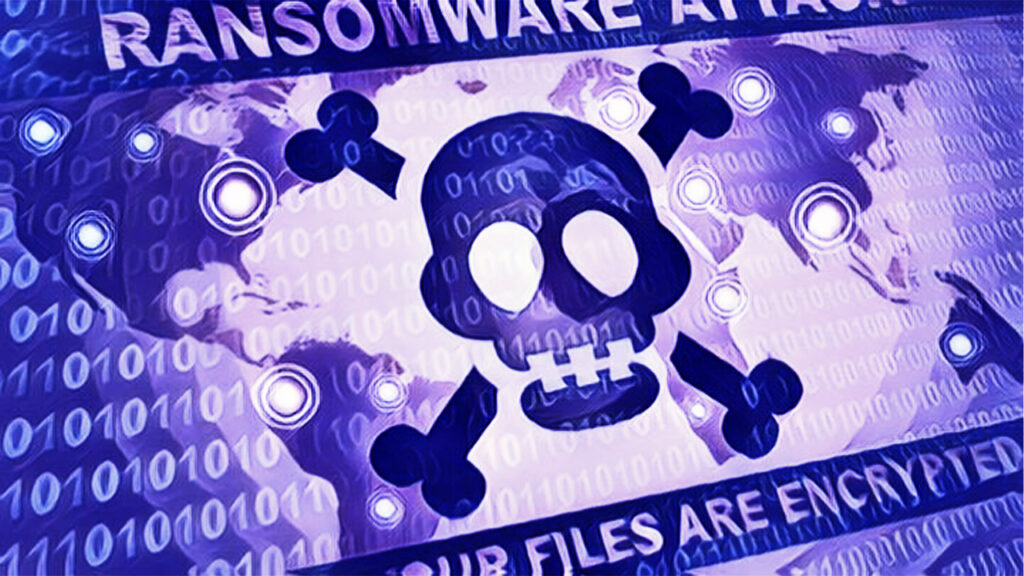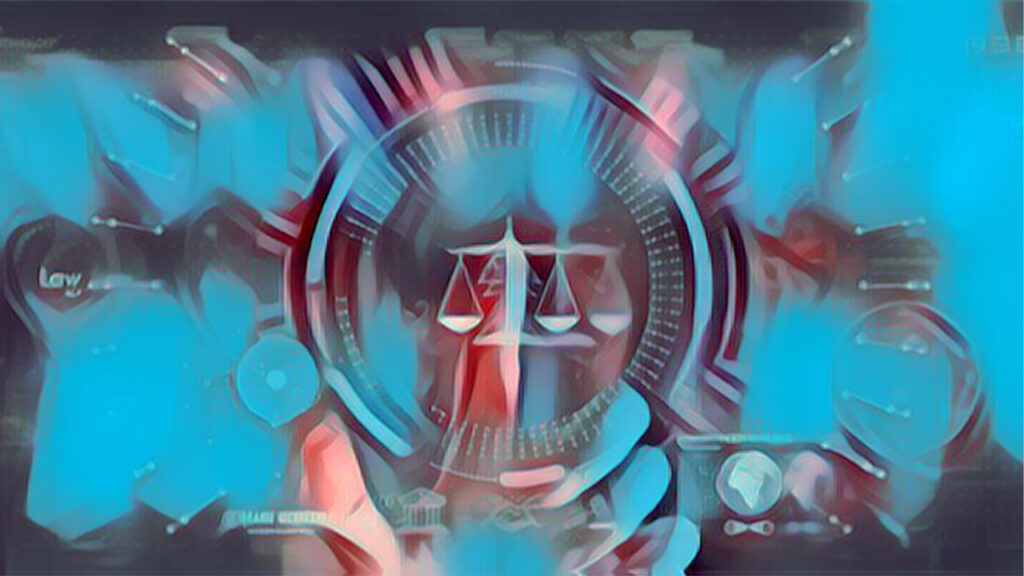
Encryption is a hot topic these days. Governments worldwide are attempting to control it via legislation like the United States’ EARN IT Act, and it is the bane of law enforcement agencies everywhere. But, what’s the big deal about it? In this blog, we look to go over a brief history of the subject, the current state of affairs, and what the future holds.
The history
The word encryption derives from the Greek word kryptos,which means hidden. It is a way to store and share information privately so that only the intended recipient can understand its meaning.
Unsurprisingly, the need for discrete communication stretches far back into recorded history. To understand how the early forms of cryptography worked, first, we’ll define the most common methods ancient peoples used.
- Transposition. A transposition cipher (code) is where the sender rearranges letters in a word to make them appear garbled to unknowing viewers. This rearrangement follows a predefined system only known to the sender and recipient. The recipient decodes the message using the predefined system and can then understand the message.
- Substitution. A substitution cipher replaces characters with other characters according to predetermined rules. For example, all Es get turned into Rs, Ts into Bs, etc.
Ancient encryption
The most famous early form of encryption is used in the Old Testament of The Bible circa 500-600 B.C. Here the Hebrew writers use a substitution cipher known as Atbash[1]. Atbash simply reverses the order of the alphabet (A becomes Z and so on). The Book of Jeremiah contains passages where proper nouns are referred to only in Atbash.
Later, in 487 B.C., the Spartans used a transposition cipher called ‘scytale’ to communicate during military campaigns[2]. Here, they used a rod of a specific diameter and wrapped a piece of parchment with the encoded message around it. Once bound, it revealed the true meaning of the message.
Speaking of military operations, Julius Caesar favored a substitution cipher to give orders and receive updates from his generals in the field[3]. This method moved each letter three to the right (A becomes D, S becomes V, etc.)
These ciphers worked well until mathematicians began noticing patterns in the prevalence of certain characters in the 9th-century A.D[4]. They cracked the code, which resulted in the creation of more modern forms of cryptography.
From the 15th-century through WWII
Leon Battista created the first polyalphabetic cipher in Italy around 1467 A.D.[5]. Polyalphabetic ciphers use a combination of multiple alphabets, which dramatically increases encryption’s effectiveness. Batista also developed the cipher disc, a mechanical device that uses various concentric wheels with letters inscribed on them to encode and decode messages. It’s no wonder that he’s known as the ‘Father of Western Cryptology.’
Fast forward to the middle of the 19th century. Famous writer Edgar Allan Poe had readers send him ciphered messages, which he attempted to decode in a weekly paper[6]. It’s interesting to think about Poe sitting in his study taking a break from authoring classic tales to nerd out on some secret messages. Eventually, he even penned an essay on cryptography that the British Army used in World War I to break German ciphers. So, we’re lucky he had such a hobby!
World War II is when cryptography became a well-known issue. The Nazi Enigma machine was a highly complex encryption tool that used an electromechanical rotor system to scramble letter input by an attached keyboard. Polish mathematicians had been able to replicate Enigma machines in 1932, but the British and French forces couldn’t decode German messages as late as 1939. The Allies brought in the Polish codebreakers, and by the time the war was in full effect, they could decipher the Nazi’s secret messages. Changes to the machine and codes throughout the war still made it very difficult, however. This led to Britain’s Alan Turing’s innovative decryption techniques[7] that may have shifted the war in the Allies’ favor.
Modern encryption
That brings us to the modern era. Cryptography really matured as a field of study with the advent of computer technology. Instead of relying on complex mechanical devices, computers could use mathematical equations and algorithms to create better encryption. The two common algorithms used today are the Symmetric Key Algorithm and the Public Key Algorithm.
Symmetric Key Algorithm. In cryptography, keys are the mathematical parameters used to encrypt and decrypt data. The Symmetric Key Algorithm utilizes the same key for encoding and decoding. The method can encrypt information in chunks (called a block cipher) or by individual characters. Examples of the Symmetric Key Algorithm in practice include:
- DES (Data Encryption Standard). Developed in 1975, DES became the Gold Standard in encryption for a period. It is a block cipher that uses a 56-bit key. While this was suitable in the 70s and 80s, it is not used anymore due to advancements in computer processing power. Computers today could brute force crack a 56-bit key in a matter of hours.
- AES (Advanced Encryption Standard). AES builds off the DES algorithm and makes it significantly more secure. It has variants that feature 128-bit, 256-bit, and 512-bit keys. AES 256-bit encryption is the official standard for U.S. government agencies such as the NSA. Incidentally, it is the algorithm AXEL Go uses to encrypt file passwords. Experts estimate it would take billions of years to brute force crack[8].
Public Key Algorithm. Public Key Algorithms, on the other hand, use two different keys for encryption and decryption. This provides even safer encryption and is used in the RSA token system, digital signatures, and blockchain technology.
The future of encryption
While modern encryption is fantastic at protecting data against commonly-used cracking methods, it isn’t completely future-proof. Analysts expect that if quantum computing becomes powerful enough, the algorithms used today could be easily cracked[9]. This is concerning, but it seems as if the industry is aware of the potential problem. First off, the prototype quantum computers of today aren’t capable of such feats, and the tech is tricky in general. It’s unknown if quantum computers will ever get to the point of being useful. Even if it happens, however, there are already quantum-safe encryption algorithms. Software developers will need to update their products accordingly before these quantum computers become commonplace and readily available.
AXEL – At the cutting edge of technology
AXEL developers are at the forefront of the privacy technology movement. That’s why our secure, private file-sharing and cloud storage software AXEL Go already incorporates military-grade AES 256-Bit encryption and blockchain technology. Undoubtedly, we will keep up with the times and shift our encryption strategy as it becomes evident we need to upgrade. We’re always looking for new ways to improve the security and privacy of our platform.
Sign up for a free AXEL Go account today and receive a 14-day trial of our Premium Service with all features unlocked. You will love the peace of mind proper data security affords you. Join the privacy revolution today and download AXEL Go.
[1] Jenny Kile, “The Atbash Cipher and Jeremiah 51:1”, MysteriousWritings.com, https://mysteriouswritings.com/the-atbash-cipher-and-jeremiah-511/
[2] Milica Djekic, “Scytale – Cryptograph of the Ancient Sparta”, OzScience.com, Nov. 11, 2013, http://ozscience.com/technology/a-scytale-cryptography-of-the-ancient-sparta/
[3] Jason Andress, “The Basics of Information Security”, ScienceDirect.com, 2014, https://www.sciencedirect.com/topics/computer-science/caesar-cipher
[4] “Code Breaking a Thousand Years Ago”, 1001inventions.com, https://www.1001inventions.com/feature/code-breaking/
[5] William Servos, “The Alberti Cipher, trincoll.edu, April 25, 2010, http://www.cs.trincoll.edu/~crypto/historical/alberti.html
[6] R. Morelli, “Edgar Allan Poe and Cryptography”, trincoll.edu, May 3, 2018, http://www.cs.trincoll.edu/~crypto/historical/poe.html#:~:text=Like%20other%20literary%20figures%20of,application%20of%20reason%20and%20logic.
[7] “How Alan Turing Cracked The Enigma Code”, IWM.org.uk, https://www.iwm.org.uk/history/how-alan-turing-cracked-the-enigma-code
[8] Mohit Arora, “How secure is AES against brute force attacks?”, EETimes.com, May 7, 2012, https://www.eetimes.com/how-secure-is-aes-against-brute-force-attacks/
[9] Stephen Shankland, “Quantum computers could crack today’s encrypted messages. That’s a problem”, CNet.com, May 24, 2021, https://www.cnet.com/news/quantum-computers-could-crack-todays-encrypted-messages-thats-a-problem/




